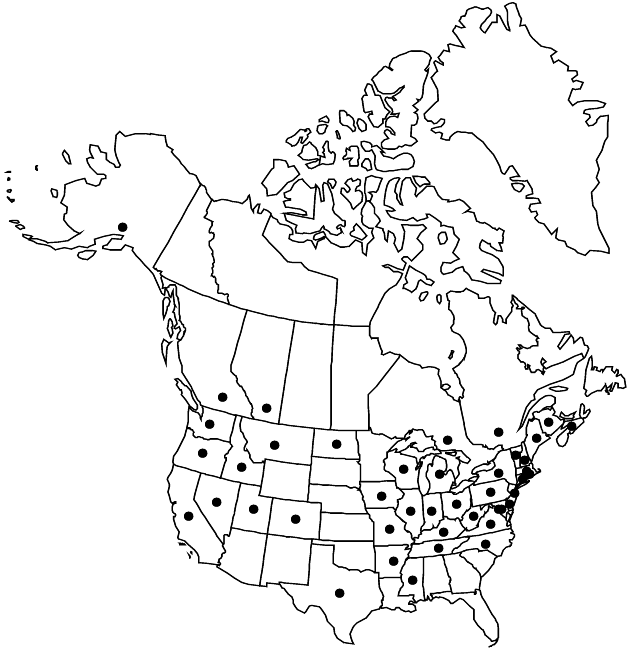Difference between revisions of "Crepis capillaris"
Linnaea 14: 657. 1840.
FNA>Volume Importer |
FNA>Volume Importer |
||
| Line 11: | Line 11: | ||
|name=Lapsana capillaris | |name=Lapsana capillaris | ||
|authority=Linnaeus | |authority=Linnaeus | ||
| + | |rank=species | ||
|publication_title=Sp. Pl. | |publication_title=Sp. Pl. | ||
|publication_place=2: 812. 1753 | |publication_place=2: 812. 1753 | ||
| Line 17: | Line 18: | ||
|name=Crepis cooperi | |name=Crepis cooperi | ||
|authority=A. Gray | |authority=A. Gray | ||
| + | |rank=species | ||
}} {{Treatment/ID/Synonym | }} {{Treatment/ID/Synonym | ||
|name=Crepis virens | |name=Crepis virens | ||
|authority=Linnaeus | |authority=Linnaeus | ||
| + | |rank=species | ||
}} | }} | ||
|hierarchy=Asteraceae;Asteraceae tribe Cichorieae;Crepis;Crepis capillaris | |hierarchy=Asteraceae;Asteraceae tribe Cichorieae;Crepis;Crepis capillaris | ||
| Line 44: | Line 47: | ||
-->{{#Taxon: | -->{{#Taxon: | ||
name=Crepis capillaris | name=Crepis capillaris | ||
| − | |||
|authority=(Linnaeus) Wallroth | |authority=(Linnaeus) Wallroth | ||
|rank=species | |rank=species | ||
| Line 60: | Line 62: | ||
|publication year=1840 | |publication year=1840 | ||
|special status= | |special status= | ||
| − | |source xml=https://jpend@bitbucket.org/aafc-mbb/fna-data-curation.git/src/ | + | |source xml=https://jpend@bitbucket.org/aafc-mbb/fna-data-curation.git/src/eaa6e58056e40c9ef614d8f47aea294977a1a5e9/coarse_grained_fna_xml/V19-20-21/V19_284.xml |
|tribe=Asteraceae tribe Cichorieae | |tribe=Asteraceae tribe Cichorieae | ||
|genus=Crepis | |genus=Crepis | ||
Revision as of 19:18, 16 December 2019
Annuals or biennials, 10–90 cm (taproots shallow). Stems 1(–6+), erect to ± procumbent, usually simple (usually with single stout leader, sometimes multiple with slender laterals), hispid proximally or throughout. Leaves: basal and cauline; petiolate (petiole bases clasping); blades lanceolate or oblanceolate, runcinate or lyrate, 5–30 × 1–4.5 cm, margins pinnately divided to sharply dentate (lobes remote, unequal), apices obtuse or acute, mucronate, faces glabrous or sparsely hispid (hairs yellow; proximal cauline auriculate and clasping). Heads 10–15(–30+), in corymbiform arrays. Calyculi of 8, linear, tomentulose or stipitate-glandular bractlets 2–4 mm. Involucres cylindric to turbinate, 5–8 × 3–6 mm. Phyllaries 8–16, lanceolate, 6–7 mm (margins scarious), apices acute, abaxial faces stipitate-glandular and glandular setose (setae black, usually in 2 rows), adaxial glabrous. Florets 20–60; corollas deep yellow (reddish abaxially), 8–12 mm (hairy). Cypselae brownish yellow, fusiform, 1.5–2.5 mm, apices narrowed (not beaked), ribs 10 (glabrous or scabrous); pappi white (fluffy), 3–4 mm (scarcely surpassing phyllaries). 2n = 6.
Phenology: Flowering May–Nov.
Habitat: Meadows, pastures, lawns, roadsides, fields, waste places
Elevation: 0–1300 m
Distribution

Alta., B.C., N.B., N.S., Ont., Que., Alaska, Ark., Calif., Colo., Conn., Del., D.C., Idaho, Ill., Ind., Iowa, Ky., Maine, Md., Mass., Mich., Miss., Mo., Mont., Nev., N.H., N.J., N.Y., N.C., N.Dak., Ohio, Oreg., Pa., R.I., Tenn., Tex., Utah, Vt., Va., Wash., W.Va., Wis., Europe.
Discussion
Crepis capillaris is recognized by its shallow root system, dense rosettes of coarsely dentate or pinnately lobed leaves, erect slender stems, auriculate-based cauline leaves, relatively small heads, phyllaries with double rows of black setae, and fluffy white pappi. It is weedy and can become a serious lawn pest. It is one of only three species of Crepis with 2n = 6; E. B. Babcock (1947) considered it to be advanced in the genus.
Selected References
None.